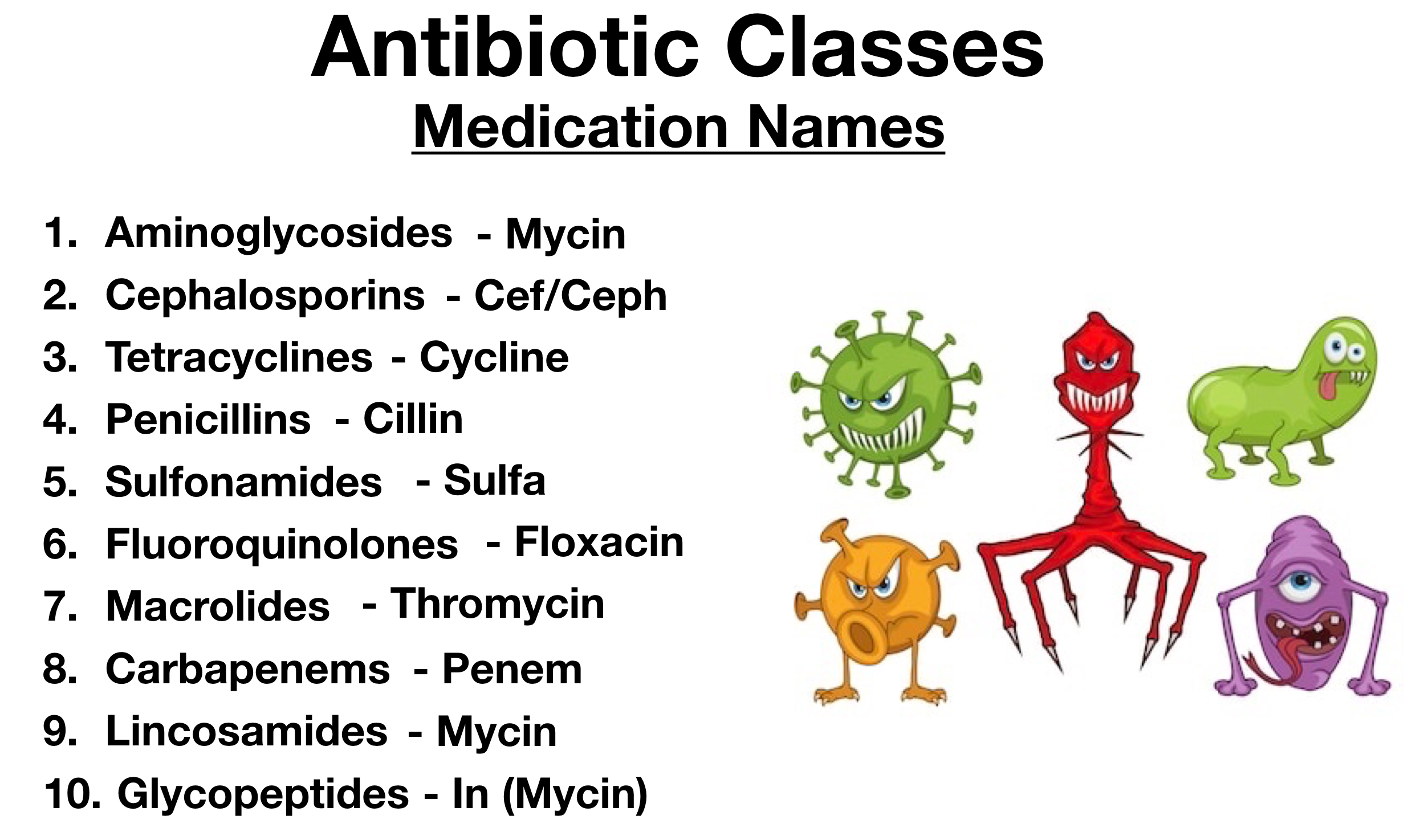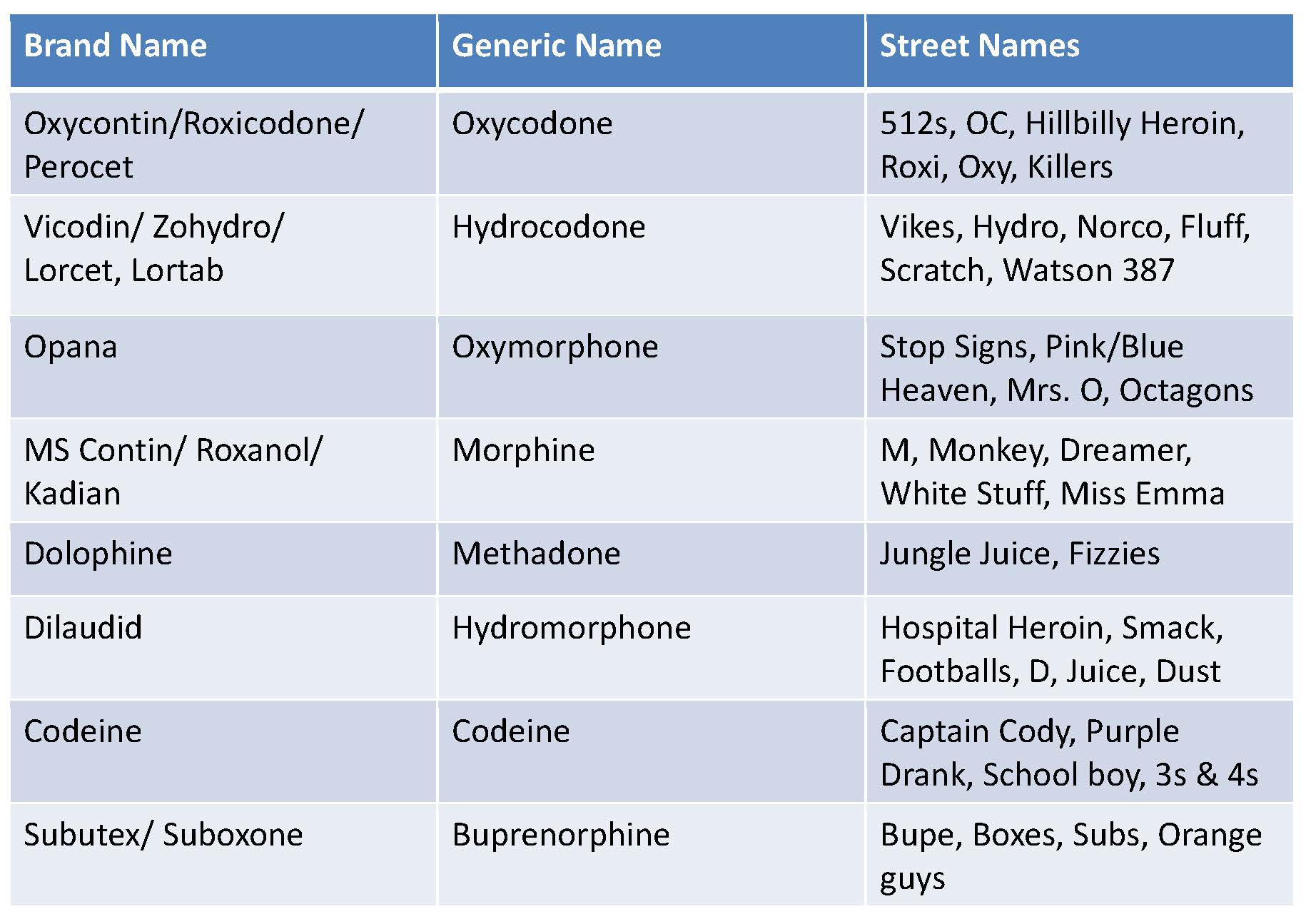Long Drug Names: Why They're So Complicated And What They Mean
You might’ve noticed some seriously long drug names floating around, and honestly, they can look like a random jumble of letters and syllables. But there’s a method to the madness. These names aren’t just created to confuse you—they actually carry important information about the drug itself. If you’ve ever wondered why drugs have such long names or what those names even mean, you’re in the right place. We’re diving deep into the world of long drug names, breaking them down so they’re easier to understand.
Let’s face it: when you hear a name like “Atorvastatin Calcium,” your brain might just shut down. But trust me, these names aren’t random. They follow a specific system that tells you everything from the drug’s chemical structure to its purpose. Understanding this system can help you make sense of the medications you’re taking and why they’re called what they are.
In this article, we’ll explore why drug names are so long, what each part of the name means, and how these names are created. Whether you’re a healthcare professional, a curious patient, or just someone who wants to sound smart at dinner parties, this guide will give you the knowledge you need to decode even the longest drug names out there. So grab a coffee, get comfy, and let’s dive in!
- Dwarf Last Names Unveiling The Rich Heritage And Unique Traditions
- Teddy Altmn The Rise Of A Digital Maverick In The Modern World
Why Are Drug Names So Long Anyway?
Alright, let’s start with the obvious question: why do drugs have such long names? The answer lies in the way drugs are named. There are actually three types of drug names: the chemical name, the generic name, and the brand name. The chemical name is the longest and most complex because it describes the exact molecular structure of the drug. Think of it like a blueprint for the drug’s chemical makeup.
For example, the chemical name for aspirin is “2-acetoxybenzoic acid.” Now, that’s a mouthful, right? But it tells chemists exactly what the drug is made of. The generic name, on the other hand, is shorter and easier to pronounce. It usually includes a stem that indicates the drug’s class or function. Finally, the brand name is what you’ll see on the packaging, and it’s designed to be memorable and easy to say.
So, why do we need all these names? Well, each one serves a different purpose. The chemical name is used by scientists to ensure everyone’s talking about the same molecule. The generic name is used by doctors and pharmacists to identify the drug’s active ingredient. And the brand name is used by pharmaceutical companies to market the drug to consumers.
- H1b 2025 Results Your Ultimate Guide To Whatrsquos Ahead
- Dutch Bros El Paso Your Ultimate Coffee Haven In The Sun City
The Anatomy of a Long Drug Name
Now that we know why drug names are long, let’s break down what each part of the name means. A typical drug name might look something like this: “Escitalopram Oxalate.” At first glance, it might seem like gibberish, but each part of the name tells you something important about the drug.
Decoding the Generic Name
The generic name is usually the most important part of the drug name, and it follows a specific naming convention. Most generic names end with a stem that indicates the drug’s class or function. For example, drugs that end in “-pril” are usually ACE inhibitors, which are used to treat high blood pressure. Drugs that end in “-statin” are usually statins, which are used to lower cholesterol.
Let’s take a closer look at our example, “Escitalopram.” The stem “-pram” tells us that this drug is an antidepressant in the selective serotonin reuptake inhibitor (SSRI) class. The “Escita-” part of the name refers to the specific chemical structure of the drug, which is a mirror image of another drug called citalopram.
Understanding the Salt or Compound
After the generic name, you might see a word like “Oxalate” or “Hydrochloride.” These words tell you what salt or compound the drug is combined with. For example, “Escitalopram Oxalate” means that the drug is combined with oxalic acid. This combination can affect how the drug is absorbed by the body, so it’s an important part of the name.
How Are Drug Names Created?
Now that we know what the different parts of a drug name mean, let’s talk about how these names are actually created. The process starts with the drug’s chemical name, which is assigned by the International Union of Pure and Applied Chemistry (IUPAC). This name is based on the drug’s molecular structure and can be incredibly long and complex.
From there, the drug’s generic name is created by the World Health Organization (WHO) and the United States Adopted Names Council (USAN). These organizations work together to ensure that generic names are consistent and meaningful. Finally, the drug’s brand name is created by the pharmaceutical company that develops it. This name is usually chosen for its marketing potential, but it must also be approved by regulatory agencies like the FDA.
Why Are Long Drug Names Important?
You might be wondering why we even bother with these long, complicated names. After all, couldn’t we just use simpler names? The truth is, long drug names are important for a few key reasons. First, they ensure that everyone is talking about the same drug. If you’re a doctor prescribing a medication, you want to be absolutely sure that the pharmacist is giving the right drug to your patient. Long drug names help prevent confusion and ensure accuracy.
Second, long drug names carry important information about the drug’s chemical structure and function. This information is crucial for researchers, doctors, and pharmacists who need to understand how the drug works and how it interacts with other medications.
Common Myths About Long Drug Names
There are a few common myths about long drug names that we need to clear up. One myth is that long names are just a way for pharmaceutical companies to confuse patients. While some brand names can be confusing, the generic and chemical names are actually designed to be informative and precise. Another myth is that long names are unnecessary. As we’ve seen, these names serve important purposes in the world of medicine.
Myth #1: Long Names Are Just for Show
Some people think that long drug names are just a way for pharmaceutical companies to make themselves look smart. But as we’ve seen, these names are actually based on the drug’s chemical structure and function. They’re not just random strings of letters—they carry important information that helps ensure the drug is used safely and effectively.
Myth #2: Long Names Are Always Hard to Pronounce
While it’s true that some drug names can be tricky to pronounce, many of them follow predictable patterns. Once you learn the common stems and prefixes, you’ll find that decoding drug names becomes much easier. Plus, most doctors and pharmacists use the generic name rather than the chemical name, so you don’t have to worry about mastering the longest names unless you’re a chemist.
Breaking Down Some Familiar Long Drug Names
Let’s take a look at a few familiar long drug names and break them down to see what they mean. This will help you understand how the naming system works in practice.
Example #1: Atorvastatin Calcium
Atorvastatin Calcium is a statin medication used to lower cholesterol. Let’s break it down:
- “Ator-” refers to the specific chemical structure of the drug.
- “-vastatin” tells us that this drug is a statin, which is used to lower cholesterol.
- “Calcium” tells us that the drug is combined with calcium, which helps improve its absorption in the body.
Example #2: Acetaminophen
Acetaminophen is a common pain reliever and fever reducer. Let’s break it down:
- “Aceta-” refers to the acetyl group in the drug’s chemical structure.
- “-minophen” tells us that this drug is an analgesic and antipyretic.
The Role of Long Drug Names in Healthcare
Long drug names play a crucial role in healthcare by ensuring accuracy and consistency. When doctors prescribe medications, they rely on these names to communicate exactly which drug they’re referring to. Pharmacists use these names to ensure they’re dispensing the correct medication, and researchers use them to study how drugs work and interact with each other.
But long drug names aren’t just important for healthcare professionals—they’re also important for patients. Understanding the names of your medications can help you make informed decisions about your treatment and communicate more effectively with your healthcare providers.
How to Pronounce Long Drug Names
Pronouncing long drug names can be a challenge, but there are a few tricks that can help. First, break the name down into smaller parts and focus on each syllable. For example, instead of trying to pronounce “Atorvastatin Calcium” all at once, break it down into “Ator-vast-atin Cal-cium.” This makes it much easier to say and remember.
Another trick is to look for common patterns and stems. Once you recognize these patterns, you’ll find that many drug names follow similar pronunciation rules. Finally, don’t be afraid to ask your doctor or pharmacist for help. They’re used to dealing with these names and can provide guidance if you’re unsure how to pronounce something.
Conclusion: Decoding the Mystery of Long Drug Names
In conclusion, long drug names might seem intimidating at first, but they’re actually a valuable tool in the world of medicine. By breaking down these names, we can gain a deeper understanding of the drugs we take and how they work. Whether you’re a healthcare professional or a curious patient, learning about drug names can help you make more informed decisions about your health.
So the next time you see a long drug name, don’t be intimidated. Instead, take a closer look and see what it’s telling you. And if you’re still confused, don’t hesitate to ask your doctor or pharmacist for help. After all, understanding your medications is an important part of staying healthy. Now that you know the secrets behind long drug names, you’re ready to tackle even the most complex names with confidence. So go ahead, impress your friends and family with your newfound knowledge!
Call to Action: If you found this article helpful, leave a comment below or share it with your friends. And if you have any questions about drug names or medications, feel free to ask—I’d love to hear from you!
Table of Contents
- Why Are Drug Names So Long Anyway?
- The Anatomy of a Long Drug Name
- Decoding the Generic Name
- Understanding the Salt or Compound
- How Are Drug Names Created?
- Why Are Long Drug Names Important?
- Common Myths About Long Drug Names
- Myth #1: Long Names Are Just for Show
- Myth #2: Long Names Are Always Hard to Pronounce
- Breaking Down Some Familiar Long Drug Names
- The Role of Long Drug Names in Healthcare
- How to Pronounce Long Drug Names
- What Did Mike Tyson Go To Prison For The Untold Story Behind The Controversy
- Lake Norman Flooding Today Stay Updated And Safe

Antibiotic Class Chart Drug Name List, Coverage, Mechanism of Action

Opioid Page chart St. Mary's County Health Department

Beta Agonist Bronchodilators Pharmacology nursing, Respiratory